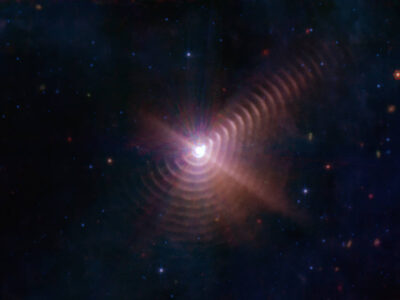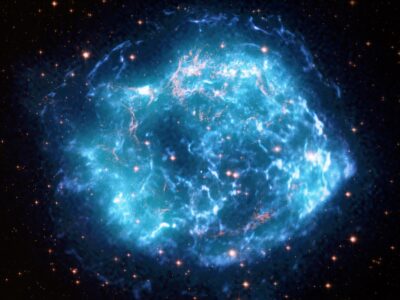DART asteroid defence technology is working far better than expected!

NASA’s Double Asteroid Reset Test (DART) investigation team analyzed data obtained over the past two weeks and showed that the spacecraft’s collision with its target asteroid, Dimorphos[1], successfully altered the asteroid’s orbit. This marks the first time that humans have successfully consciously altered the motion of celestial bodies and comprehensively demonstrated asteroid deflection technology.

NASA’s LICIACube satellite captured plume after impact
The Double Asteroid Reset Test vehicle struck an asteroid called Dimorphos One on September 26. The mission aims to test a planetary defense technology to reduce the threat of future asteroids to Earth. The goal of DART’s test was to reduce the orbital cycle of the Dimorphos by at least 73 seconds.
NASA officials announced at a press conference on Monday (Oct. 11) that preliminary data analysis had been completed and that DART had broken expectations and shortened the Sing-One’s nearly 12-hour orbital cycle by up to 32 minutes.

The eclipse brightness of the Dimorphos decreases after the impact
NASA Administrator Bill Nelson said: “We all have a responsibility to protect our planet. After all, this is the only home we have. This mission shows that NASA is trying to prepare for any trouble the universe throws at humanity.”
Lori Glaze, director of planetary sciences at NASA headquarters in Washington, D.C., said: “This result is an important step in understanding the impact of DART on its target asteroid impact. With new data coming out every day, astronomers are better able to study how technology like DART can be used to help protect Earth from asteroids. ”
The focus of research is now shifting to measuring the efficiency of momentum transfer when a DART collides with a target. This includes further analysis of the “ejector” – a large number of asteroid rock chunks that broke apart and drifted into space as a result of the impact. The recoil created by this fragmentation explosion greatly enhances the DART’s push effect on the Dimorphos – like a gust of wind pushing a balloon.

The photo taken by the SOAR telescope in Chile shows the side view of the material flow on the surface of the Dimorphos
To better understand the recoil effects of these ejectors, NASA also needs more information about the asteroid’s physical properties, such as its surface characteristics and how strong its structure is. These issues are still under investigation.

This image taken by Hubble shows debris erupting from the surface of the Dimorphos
The team obtained data at ground-based observatories around the world, as well as planetary radar at NASA’s Jet Propulsion Laboratory and the National Science Foundation’s radar facility at Greenbank Observatory in West Virginia. They are updating periodic measurements with frequent observations to improve their accuracy.
NASA officials noted that observations on the mission will continue into next year. The European Space Agency will also launch a follow-on spacecraft called Hera[2] in 2024, which will continue to explore Didymos and Dimorphos in depth.
Reference:
[1] Dimorphos | NASA
[2]Hera











cheer up!